THE SCHOOL OF GLASGOW AND THE BIRTH OF “THE FоUR”
Margaret Macdonald and her sister Frances first met the two architects Herbert MacNair and Charles Rennie Mackintosh at Glasgow School of Art, where they were all students, around 1893. Between them, they developed a style that was so personal, with its own common imagery that separated them from their fellow students. It was a friendship that encompassed much of their artistic and decorative work over
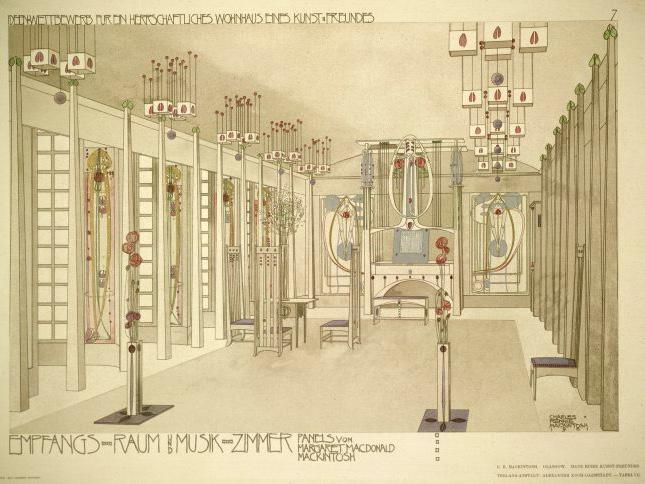
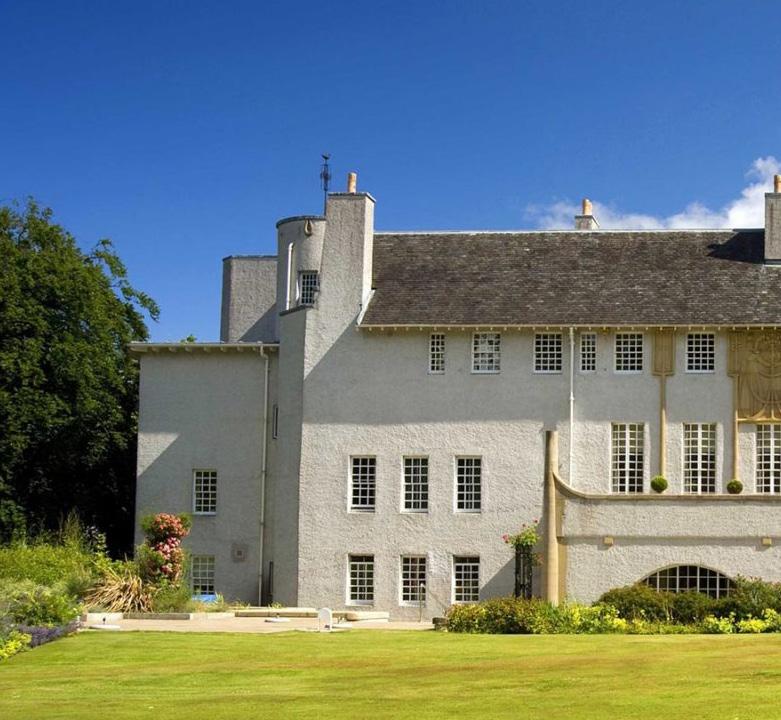
Margaret MacDonald Mackintosh and Charles Rennie Mackintosh, Design for a house for an art lover, 1901, London.
© RIBA Library (British Architectural Library). Source Close-up Art
the next ten years or so, leading also to the marriages of Herbert and Frances in 1899 and Charles and Margaret in 1900. The headmaster of the school, Frances Newbery, was keen to assimilate the separate disciplines of painting and decorative art within the school’s curriculum and he did much to encourage The Four through introducing their work abroad, which became known as the “Glasgow Style”.
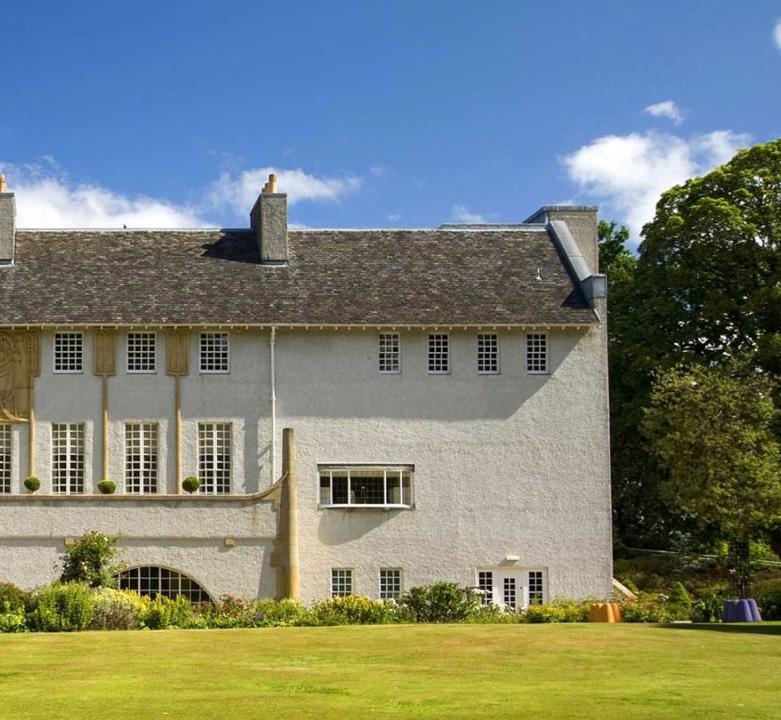
“REMEMBER, YOU ARE HALF IF NOT THREE-QUARTERS IN ALL MY ARCHITECTURAL WORK…” “MARGARET HAS GENIUS, I HAVE ONLY TALENT.”
Charles Rennie Mackintosh on Margaret Macdonald
Studio Pavilion, House for an Art Lover © 2024 Studio Pavilion. Website by Submarine
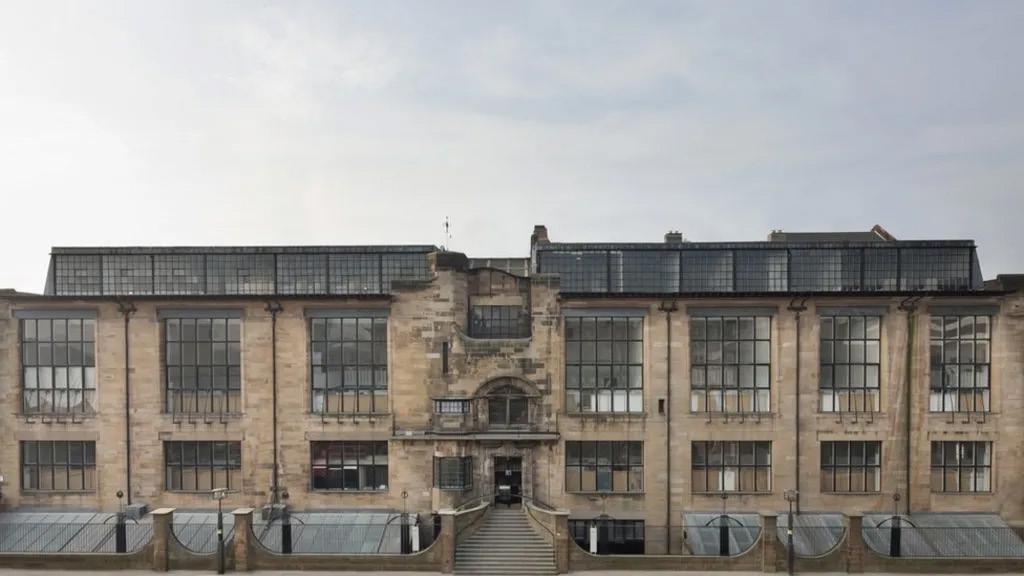
AWARDS AND WоRKS
Following an important encounter organised by Newbery with Walter Crane and William Morris, already leading members of the Arts and Crafts movement, The Four were encouraged to join the very first show of the movement organised in Glasgow in 1895. One year later, presumably at the encouragement of Newbery, The Four sent a group of works to the fifth exhibition of the Arts and Crafts Exhibition Society in London.
In the mid-1890s, the Macdonald sisters opened their own art studio, producing a wide range of works ranging from watercolour illustrations to embroideries to embossed metal art objects. The most popular works were the mid-1990s poster designs for the umbrella manufacturer Drooko and the Glasgow Institute of Fine Arts. The sisters’ works were exhibited
The Glasgow School of Art’s, primary elevation by Mackintosh, prior to the 2014 fire. © McAteer Photograph
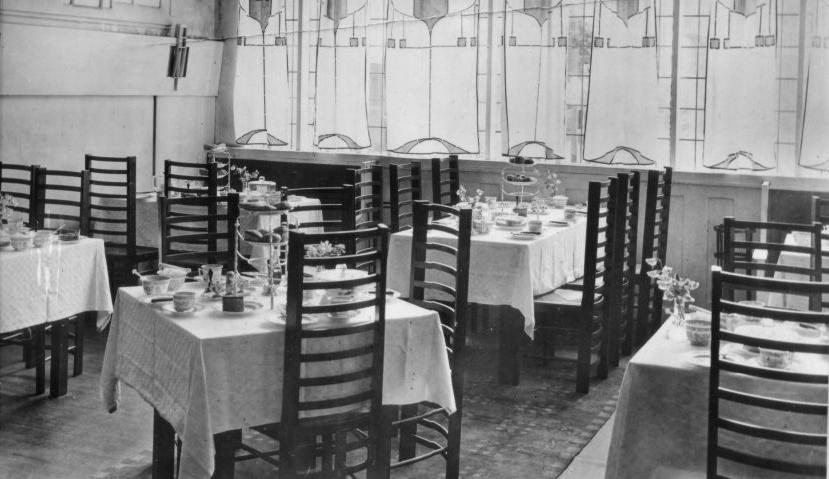
in Glasgow, London and Paris and published in magazines such as «The Studio », «Dekorative Kunst » «The Yellow Book » . The Four Seasons and the illustrations for Defense of Guenevere and Other Poems by William Morris stand out for their peculiar decorative character.
After their marriage, Macdonald and Mackintosh formed a true “Künstlerpaar”, an “art couple”. Among their most notable projects are the interiors of the tearooms for Catherine Cranston (1900 and 1903), a file of projects for the House for an Art Lover design competition (1901), as well as participations in international exhibitions, such as the 8th Exhibition of the Vienna Secession (1900) and A Rose Boudoir at the Exhibition of Modern Decorative Art in Turin (1902).
The Willow Tea Rooms, 1900-1903 © Annan Photographs
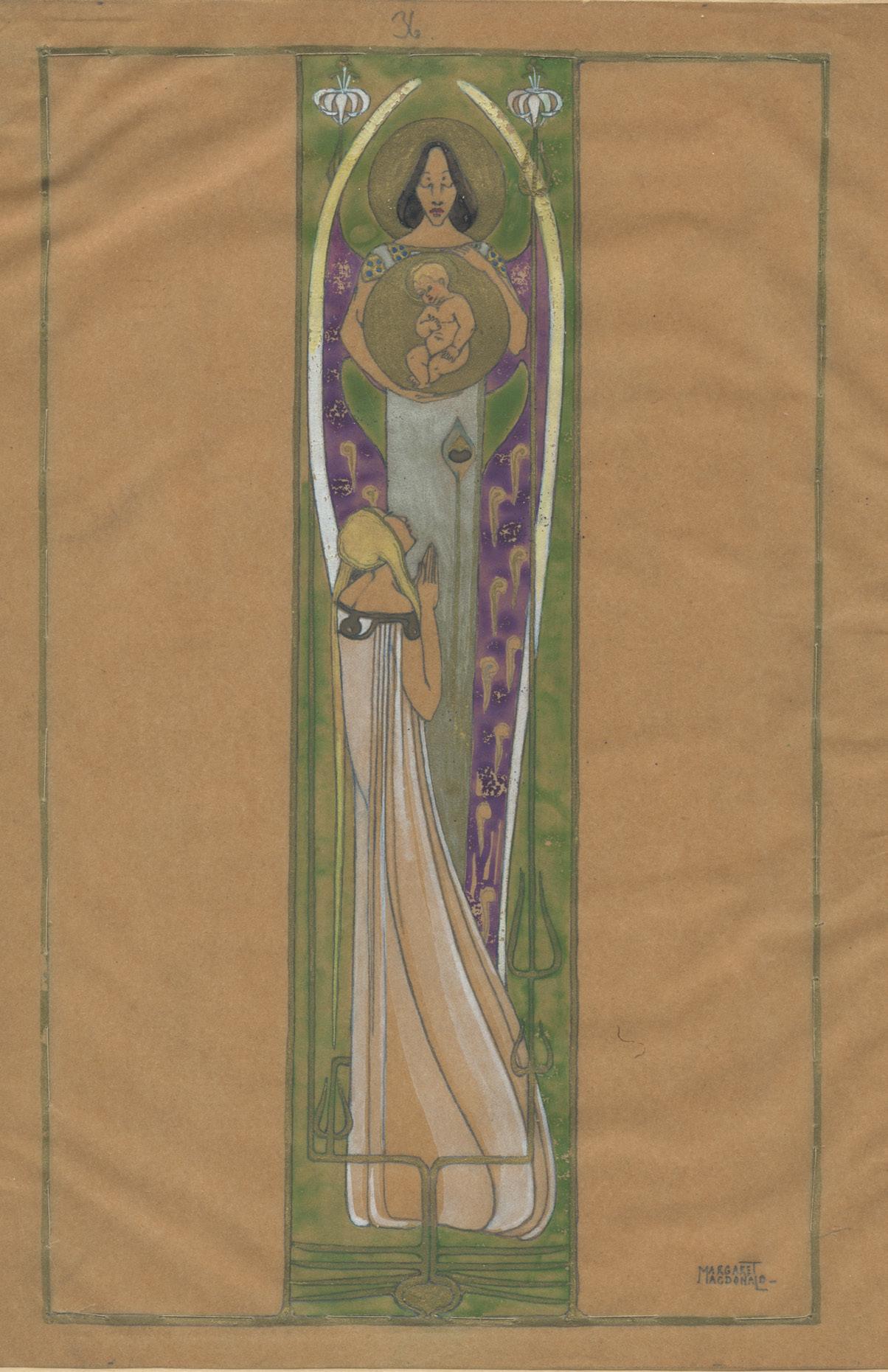
GENESIS OF THE ANNUNCIATIоN PANEL
At the first major Arts and Crafts exhibition in Glasgow, in 1895, Margaret and Frances exhibited the two finger plates Future and Present. Much of the pictorial imagery produced by the sisters was derided in the Glasgow press and nicknamed the Spook School because of the use of attenuated, ghostly and emaciated figures, androgynous in form set amongst undecipherable motifs, personal and secret in their iconography. But alongside these the sisters also worked with traditional Christian imagery, culminating in a brass-bound manuscript book depicting the story of the birth of Christ – The Christmas Story of 1896. This illustrated book consisted of a dozen or so watercolours, painted on vellum with each
The Annunciation, illustration for the Christmas Story manuscript © The Glasgow School of Art
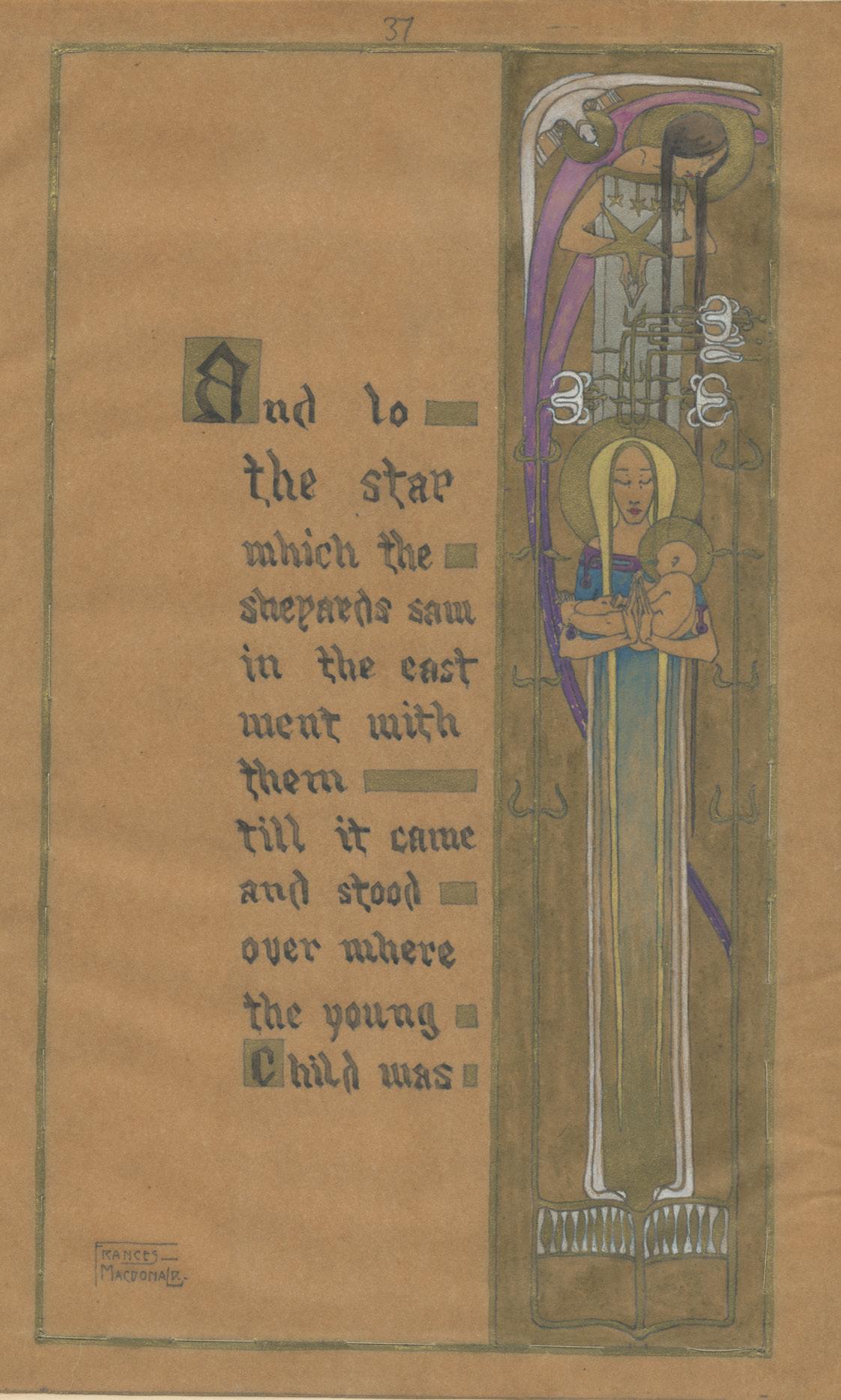
page incorporating a threaded ribbon surrounding a text from the Bible and an image in watercolour. These images retained the format of earlier works such as the fingerplates and posters produced around 1895-96, essentially vertical with elongated figures overlapping each other, but softened into more naturalistic human forms, more suited to the iconography of the subject than the malevolent figures of 1893-95. Two episodes from this watercolour story of the Nativity were selected by the sisters for transformation into two beaten-metal panels over a metre tall – The Star of Bethlehem by Frances and The Annunciation by Margaret.
The Star of Bethlehem, illustration for the Christmas Story manuscript © The Glasgow School of Art
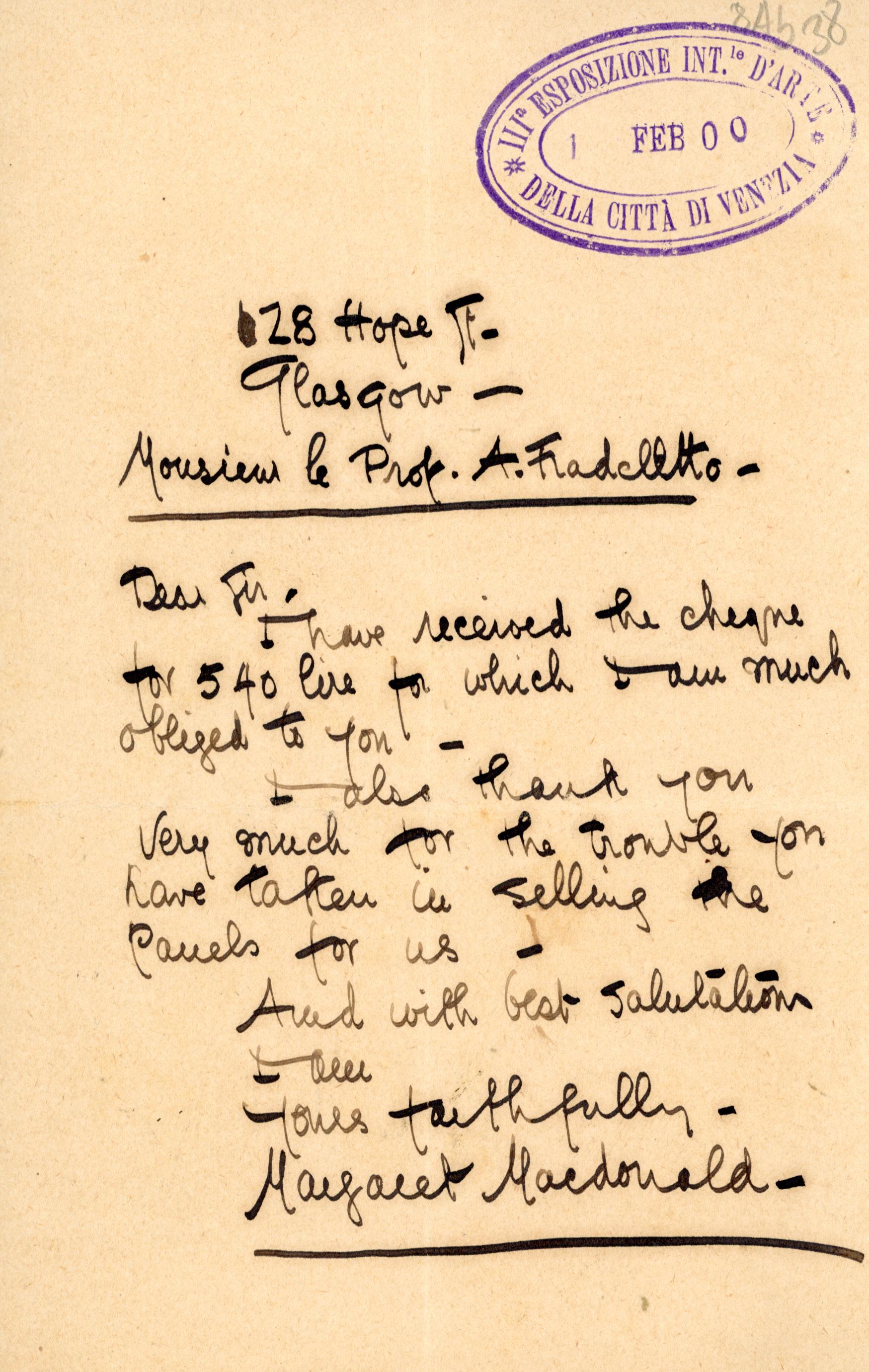
STYLE AND TECHNIQUE
The format of the panels replicated that of the poster for the Glasgow Institute of the Fine Arts of 1896 where a tall figure envelopes a second standing below and in front and whose torso becomes subsumed in an organic tracery of stems and tendrils. In both panels the rear figure has become a recognisable angel, in Frances’s panel holding the guiding star and in The Annunciation holding the embryonic Christ-child while the figure of Mary stares up in supplication. The surrounding imagery in each panel celebrates calm life through flowers and birds, rather than the more melancholic icons of earlier watercolours and metal panels.
CRITICAL FоRTUNE
The two panels do not seem to have been intended for a specific location. Remaining unsold in London in 1896, they were sent to open exhibitions in Glasgow and Liverpool, and, lastly, in the Venice Biennale of 1899, where they finally arrived thanks to an introduction letter sent by Newbery to the exhibition secretary, Antonio Fradeletto. In Venice, they were acquired by the Italian artist Ettore de Maria Bergler, who was involved in the decoration of the Teatro Massimo and the Villa Igiea in Palermo during those years. The Star of Bethlehem and The Annunciation are considered among the most representative works of Scottish decorative arts between the 19th and 20th centuries.
In general, the works of Margaret and Frances Macdonald initially had little critical success, only to be later re-evaluated, until the international success achieved at the Exhibition of Modern Decorative Art in Turin in 1902. Signed letter by Margaret Macdonald to Antonio Fradeletto, 1 February 1900 © Archivio Storico della Biennale di Venezia, ASAC
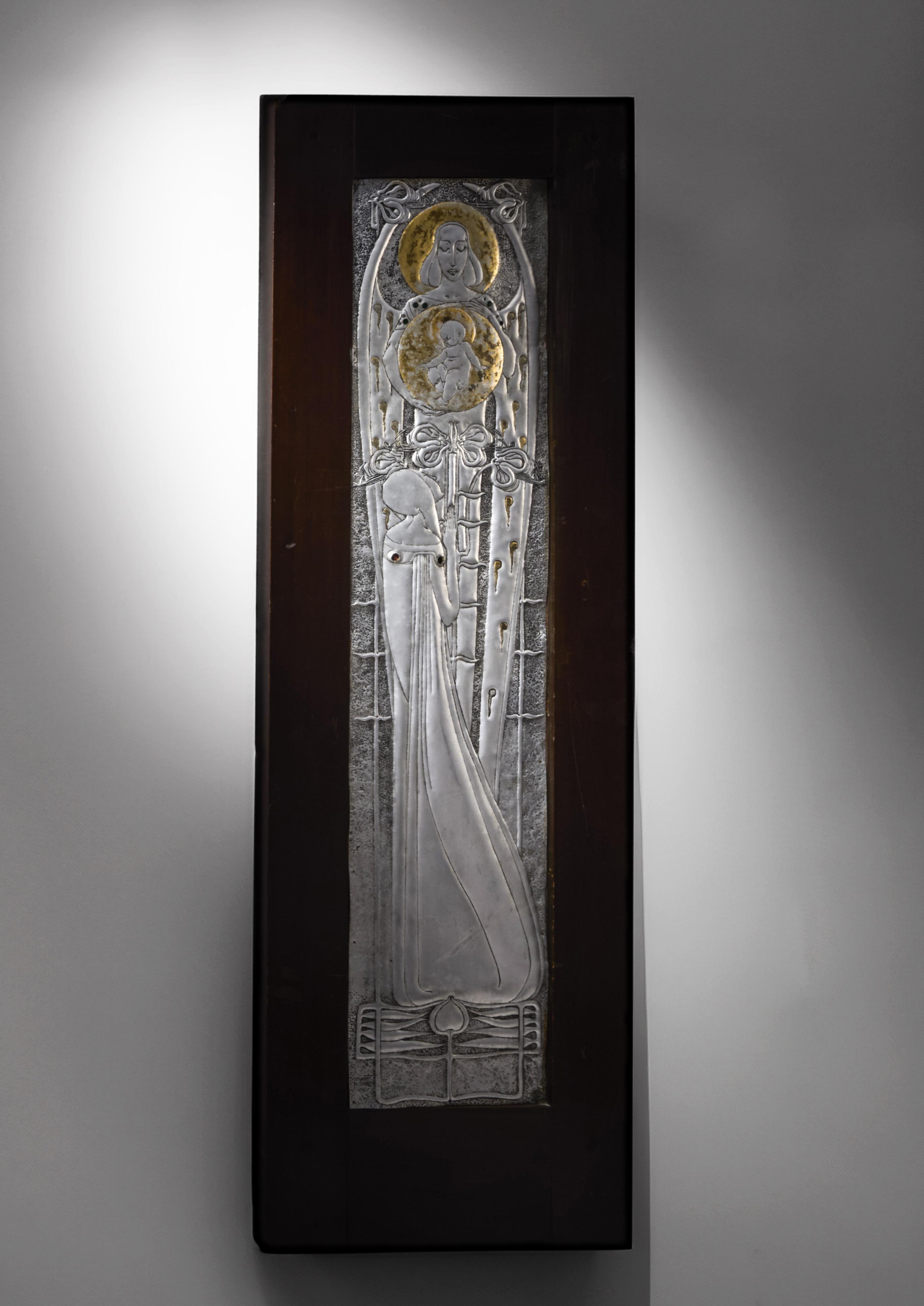
The Annunciation 1896
Beaten aluminium with gold paint/leaf and coloured stones
114.5 x 24.5 cm
S. & d., lower left, MARGARET/MACDONALD/1896
Provenance
Ettore de Maria Bergler, purchased at Venice Biennale, 1899
Estimate € 20.000 / 30.000
EXHIBITIoNS
1896, London, Arts and Crafts Exhibition Society
1897, Glasgow, Royal Glasgow Institute of the Fine Arts
1897, Liverpool, Walker Art Gallery, Autumn Exhibition
1899, Venice Biennale
1903, Palermo, Camera per Giovanni Signore
LITERATURE
«The Studio», IX, 1896, p. 202, repr. p.203
Thomas Howarth, Charles Rennie Mackintosh and the Modern Movement, 2nd ed. 1977, pp. 37-8
Pamela Reekie, Margaret Macdonald Mackintosh 1864-1933, 1983, catalogue of an exhibition at Hunterian Art Gallery, (x)
Pamela Robertson (ed), Doves and Dreams: the art of Frances Macdonald and James Herbert McNair, 2006, p.108, (M4)
Roger Billcliffe, Charles Rennie Mackintosh and the Art of the Four, 2017, pp. 87, 88, 110, fig. 89
Marie Tavinor, “Wonderful Revelations”: Scottish Art at the Venice Biennale and Strategies of Innovation, 1897-1899, in Journal for Art Market Studies 4, 2018, pp. 6-13
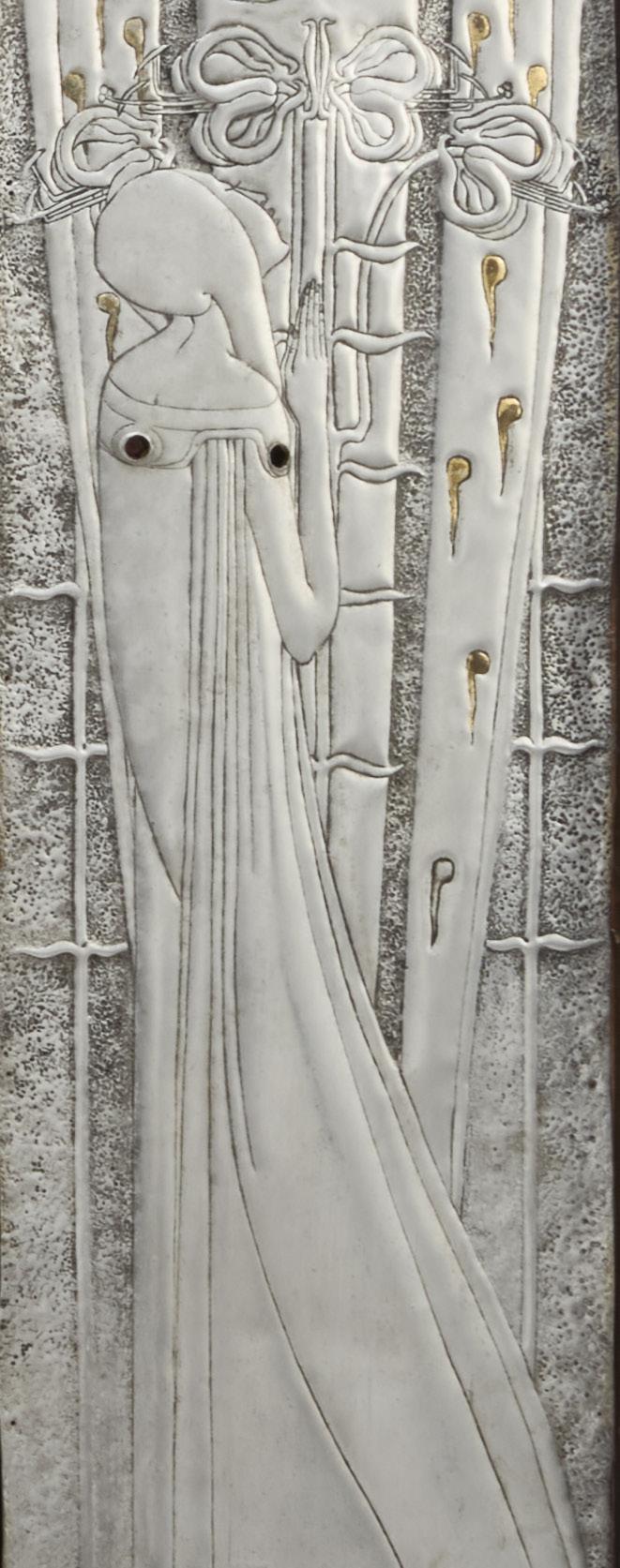
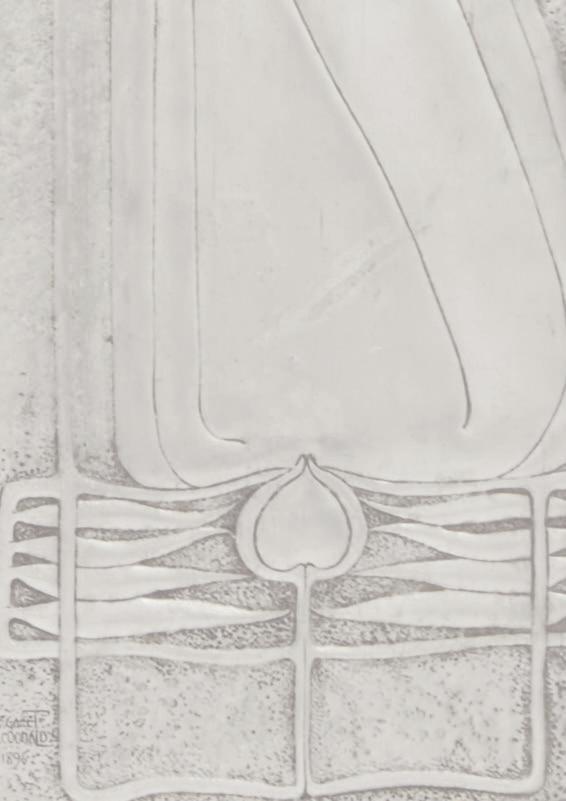
SPECIAL THANKS
Il Ponte Casa d’Aste would like to thank all those who contributed to the creation of this publication.
A special mention goes to Roger Billcliffe with the essay specifically created for the catalogue of the 20th Century Decorative Arts and Design Auction of 3, 4 and 5 July 2024 and partially reproduced here.
We also thank Dr. Barbara Esposito for her research on documentary and photographic materials.
PHOTO CREDITS
Il Ponte Casa d’Aste thanks the Archivio Storico della Biennale di Venezia, ASAC and the Glasgow School of Art for the concession of the photographic material.
Despite the research carried out, Ponte Casa d’Aste S.r.l. was unable to trace some of the rights holders of the reproduced images. It therefore declares its willingness to fulfil its obligations.
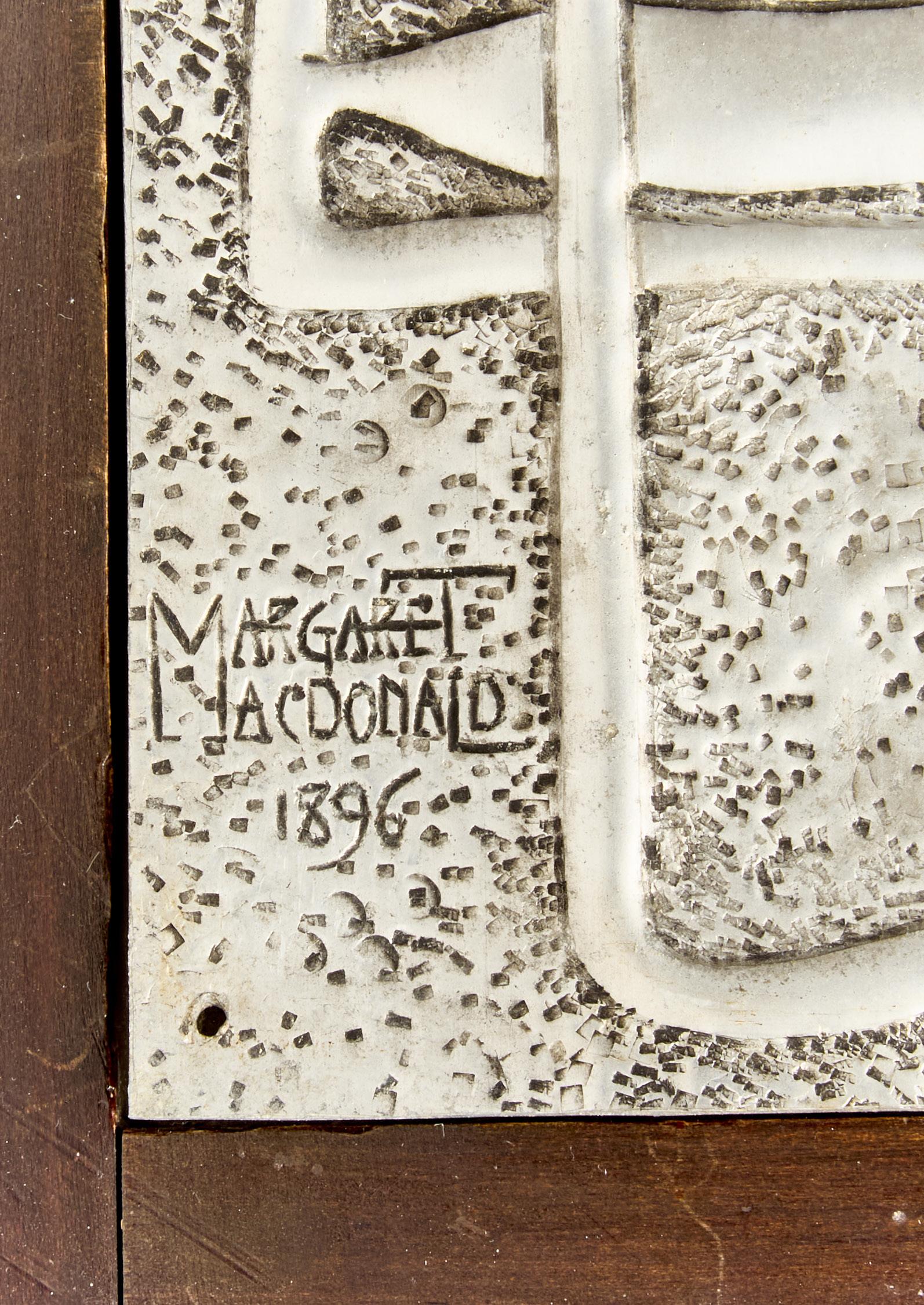
AUCTION
Decorative Arts of the 20th Century and Design 3, 4, 5 July 2024
VIEWING 27, 28, 29 June 2024
Via Giacomo Medici del Vascello 8, Milano, Italy
HOW TO BID



Register and participate online on the platform IlPonteLive
Join the auction through telephone and submit a bid
Submit a written bid by filling our bid form
CoNTACTS
Stefano Andrea Poli Head of Department
Eleonora Erriu
Junior Assistant
+39 02 8631425
design@ponteonline.com
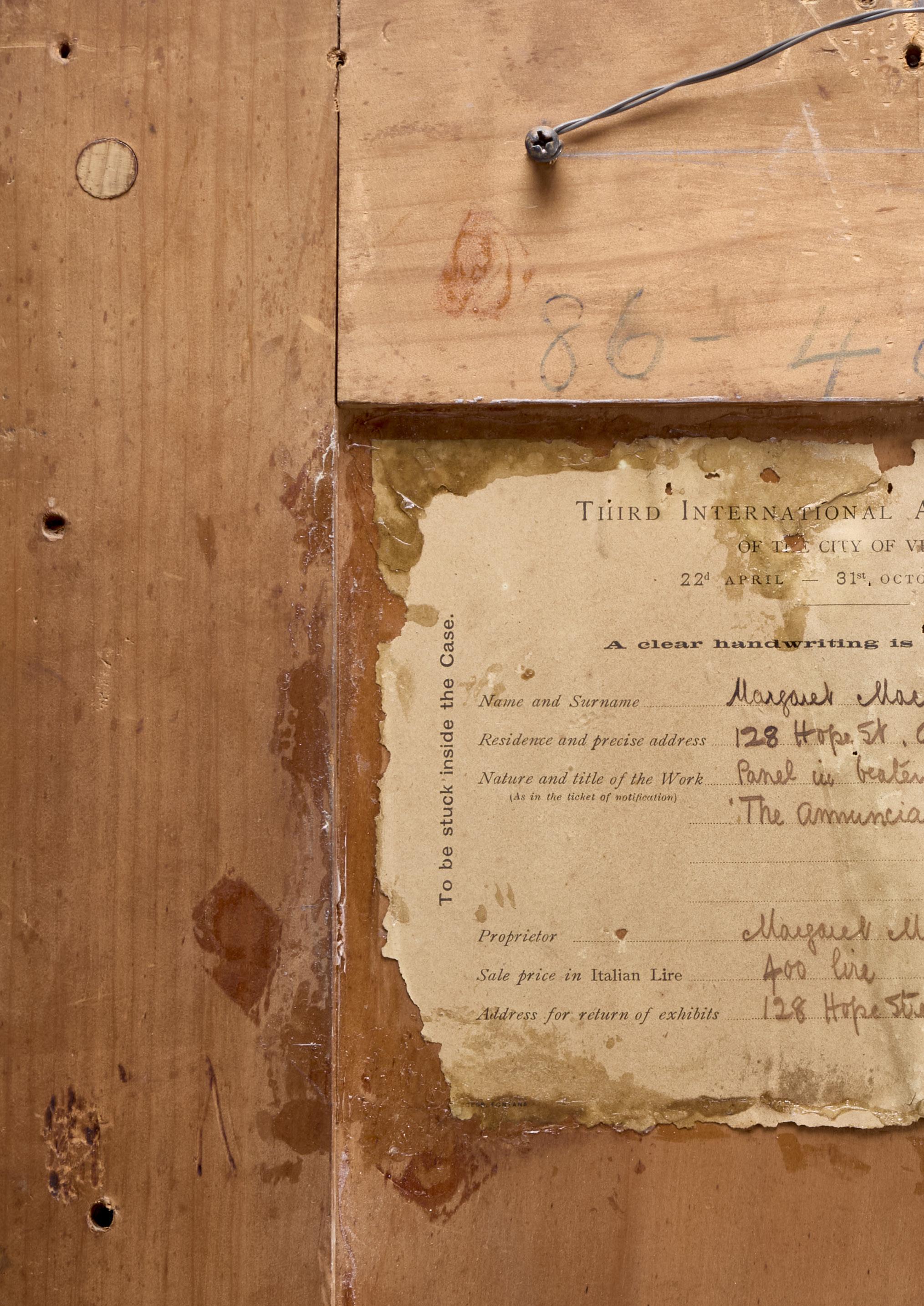
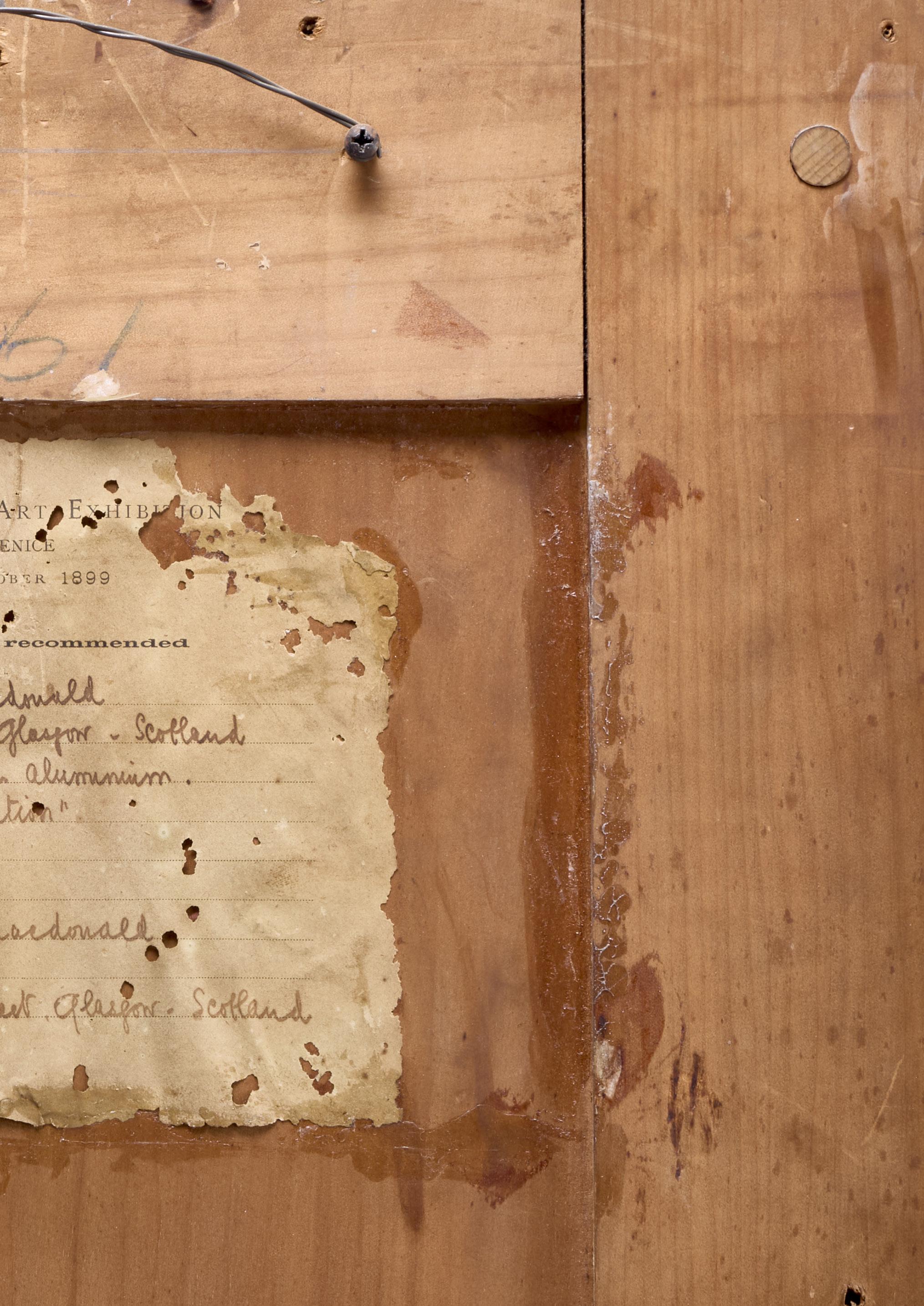
1974 - 2024 anni d’ incanto IL PONTE CASA D’ASTE Palazzo Crivelli - Via Pontaccio 12, 20121 Milano Via Giacomo Medici del Vascello 8, 20138 Milano www.ponteonline.com
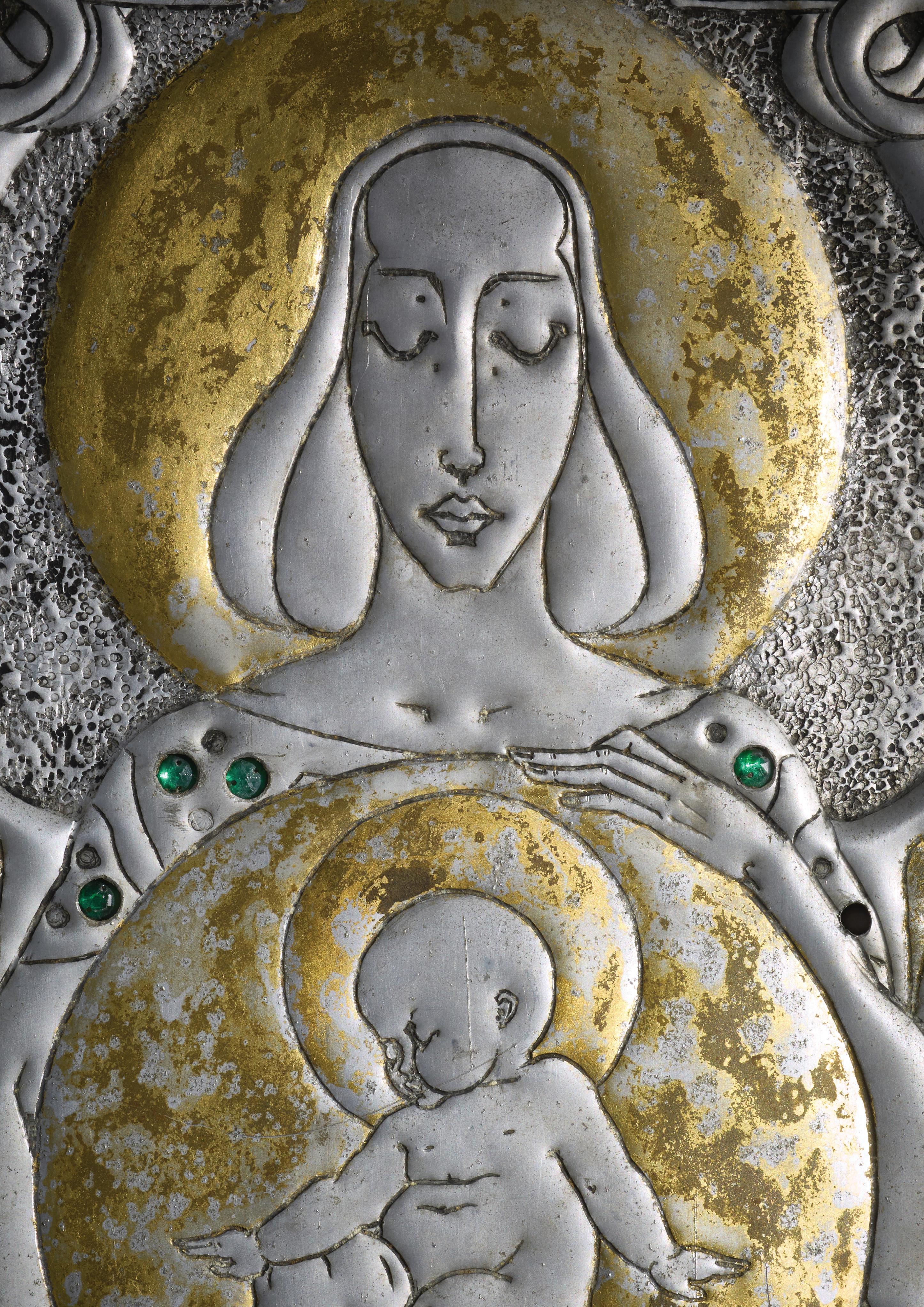
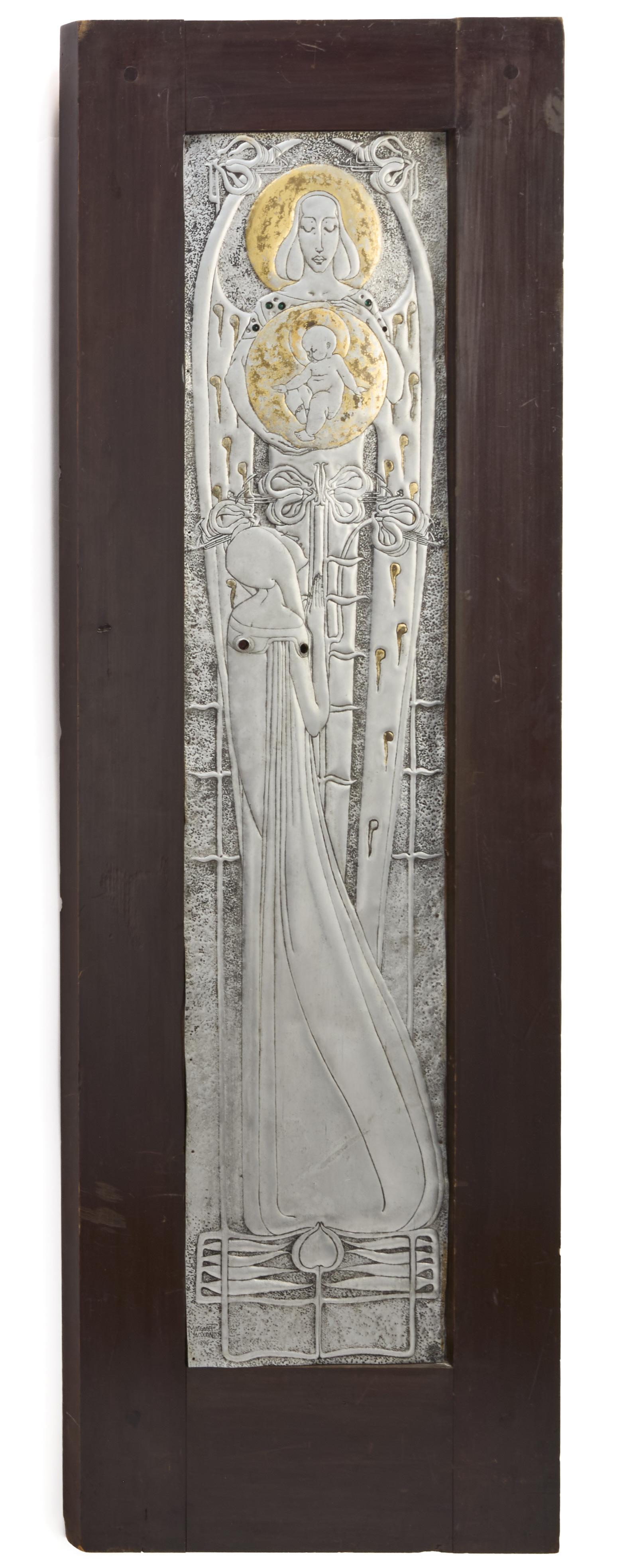
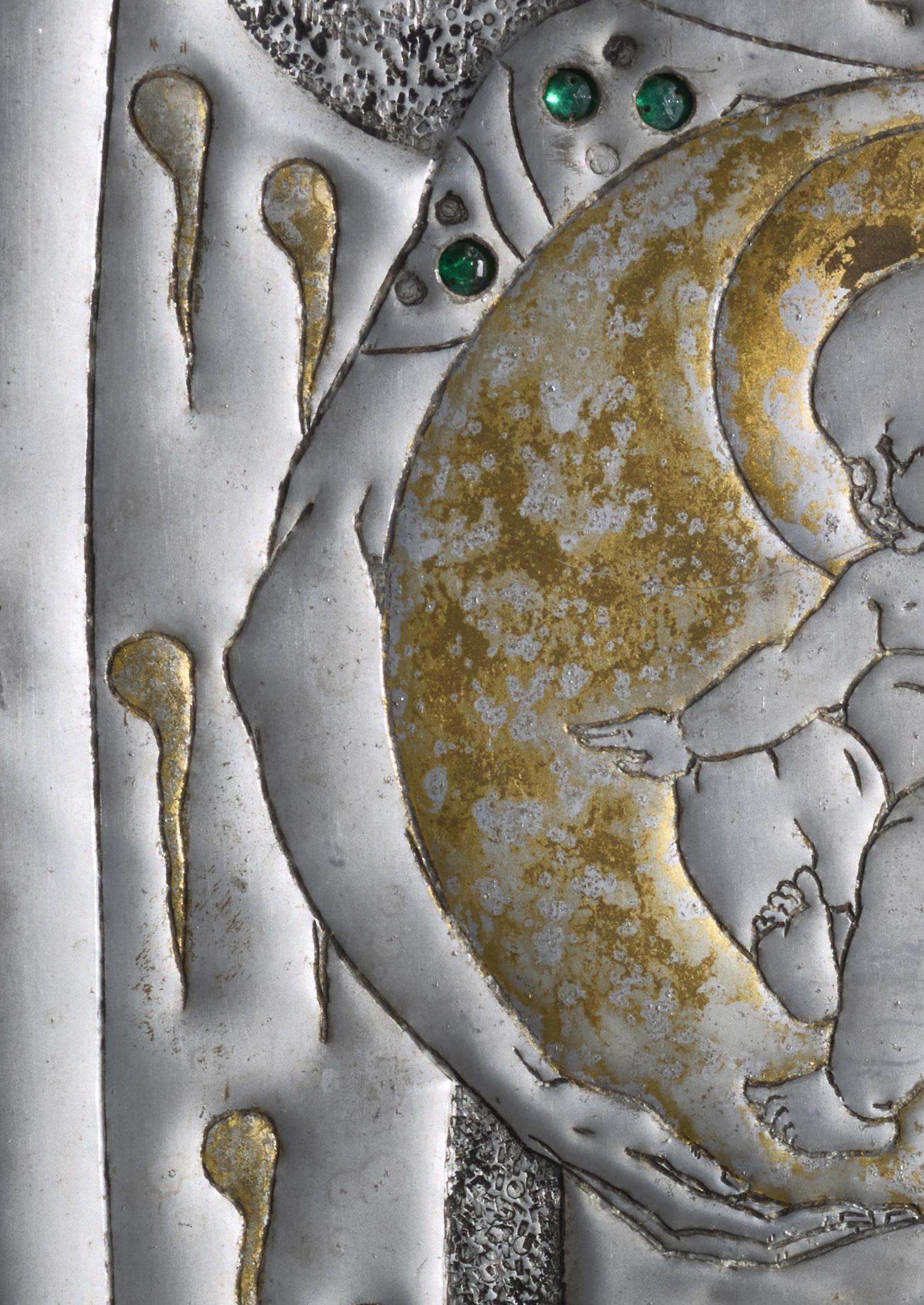
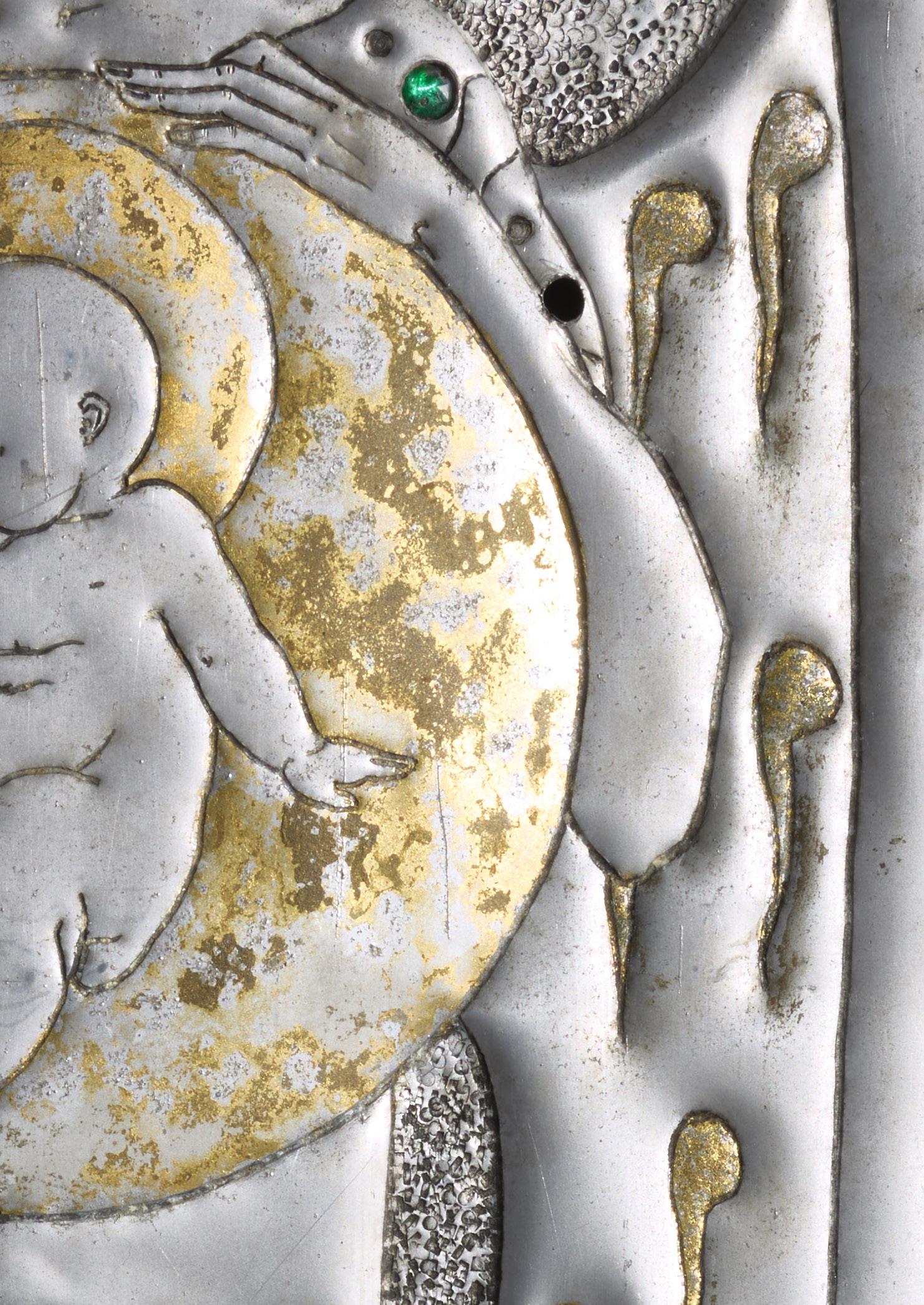
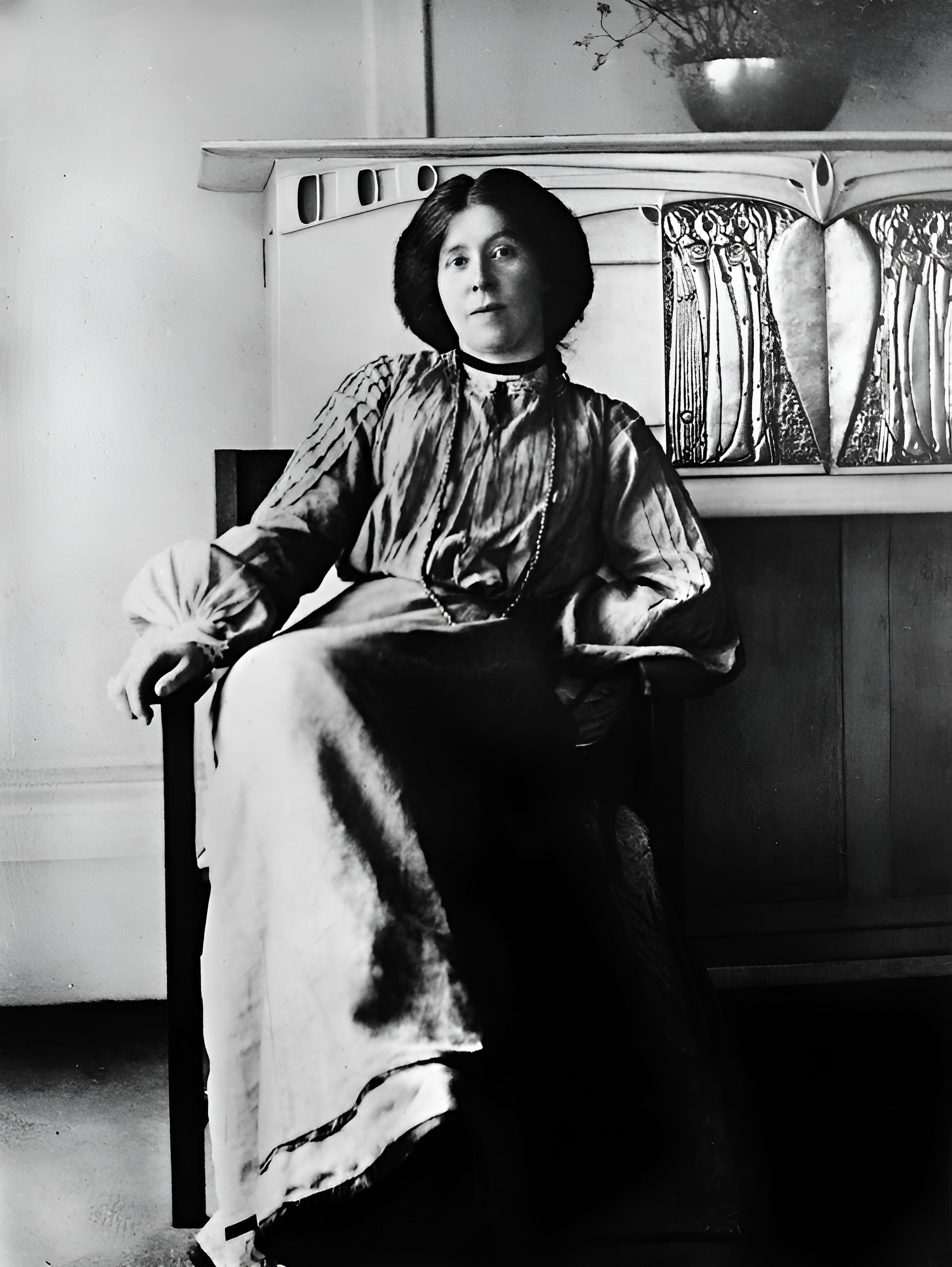 Margaret Macdonald Mackintosh, by James Craig Annan, modern bromide print, 1901 ca. Image in the public domain
Margaret Macdonald Mackintosh, by James Craig Annan, modern bromide print, 1901 ca. Image in the public domain

















